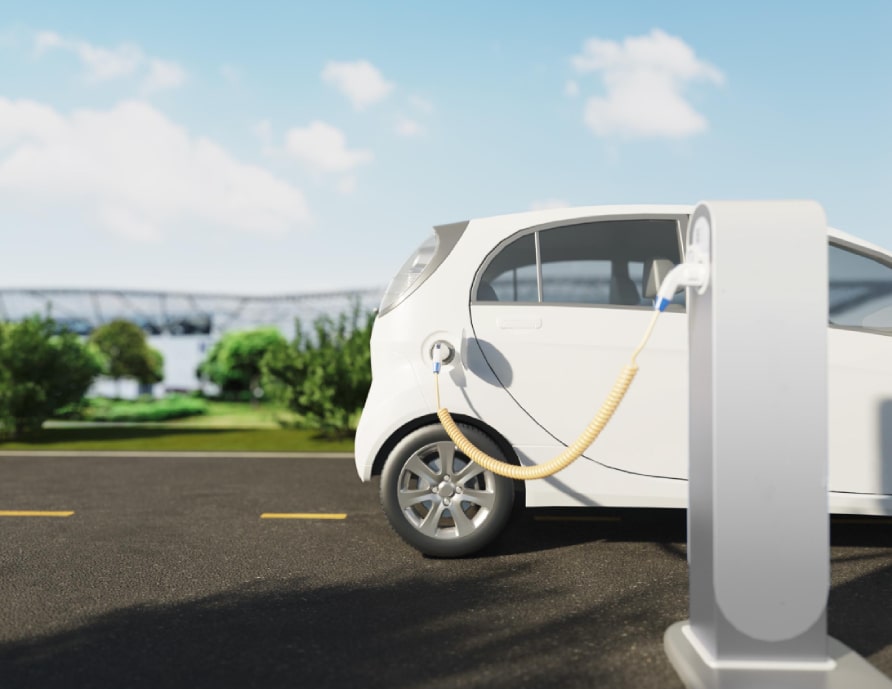Power stations play a significant role in shaping a more efficient and sustainable future as societies transition toward cleaner energy sources and reduced carbon emissions. These stations generate and distribute electricity, and their design, fuel sources, and technologies have a direct impact on energy efficiency and environmental sustainability. Here’s how power stations contribute to efficiency and sustainability in a green future:
1. Renewable Energy Generation: Power stations that utilize renewable energy sources such as solar, wind, hydro, and geothermal contribute to sustainability by generating electricity without emitting greenhouse gases or depleting finite resources. They harness natural processes to produce clean energy and reduce dependence on fossil fuels.
2. Energy Efficiency: Modern power stations incorporate advanced technologies to increase energy efficiency. Combined cycle gas plants, for instance, use waste heat from gas turbines to generate steam for additional electricity generation, maximizing the use of available energy.
3. Carbon Emission Reduction: Power stations that transition away from coal and other high-carbon fuels significantly reduce carbon emissions. This contributes to global efforts to mitigate climate change and decrease air pollution.
4. Distributed Energy Generation: Distributed power stations, often based on renewable sources, are located closer to the point of consumption. This reduces transmission losses and increases grid efficiency by minimizing the need for long-distance electricity transport.
5. Energy Storage Integration: Power stations that incorporate energy storage technologies, such as Li-ion battery packs, enhance grid stability and allow for better integration of intermittent renewable sources. Energy storage helps store excess energy during low demand periods and release it during peak demand, reducing strain on the grid.
6. Carbon Capture and Storage (CCS): Certain power stations, especially those using fossil fuels, can implement CCS technologies to capture carbon dioxide emissions before they are released into the atmosphere. Captured carbon can be stored underground, reducing overall emissions.
7. Smart Grid Integration: Power stations can be integrated into smart grid systems that enable efficient two-way communication between power providers and consumers. This allows for better load management, demand response, and optimal energy utilization.
8. Electrification of Transportation: Power stations can play a crucial role in supporting the electrification of transportation, providing the electricity needed to charge electric vehicles. This contributes to reducing emissions in the transportation sector.
9. Co-generation and District Heating: Some power stations implement co-generation, where waste heat generated during electricity production is used for heating purposes. This increases energy efficiency and reduces overall energy consumption.
10. Research and Development: Power stations contribute to sustainability by serving as testbeds for research and development of new technologies, efficiency improvements, and integration of renewable energy sources.
11. Public Awareness and Advocacy: Power stations can raise public awareness about energy efficiency, renewable energy, and environmental issues. They can engage with communities to promote responsible energy consumption.
12. Energy Transition Leadership: Power stations that embrace sustainability and cleaner energy sources set an example for other industries and contribute to accelerating the global energy transition toward a greener future.
In conclusion, power stations play a vital role in driving efficiency and sustainability in a green future. By adopting renewable energy sources, enhancing energy efficiency, reducing carbon emissions, and incorporating advanced technologies, power stations contribute to a more resilient and environmentally friendly energy landscape.



